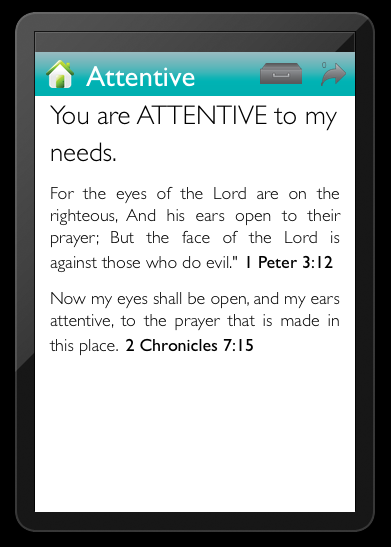Its been a bit quiet here as work and new tech has taken up a bit more time recently. But, that time away hasn’t really been spent away from some of what makes MMM tick. It got to a point one day that the thoughts about this #mobmin space started to overflow. Of note, this tweet:
rethinking the purpose of #mobmin: computing to facilitate living abundantly in respect of the Gospel and in the fear of God
— Antoine RJ Wright (@ARJWright) March 4, 2013
I’m spending more and more time with people who are asking for Christians to live in such a way (especially with one another) that its unmistakable that Jesus Christ is the Son of God. That’s hard to tell when so many people are heads-down on their mobile devices, nodding approvingly to sounds no one else hears, or forwarding along the next social meme. I’ve got people pulling up their phones to show proof of banking transactions, but processes asking them for paper. Or, cases where folks lose ID cards, and it would almost make too much sense to use a Foursqure-like service alongside some kind of visual verification kiosk instead. Folks are either asking or being subjected to the lack of thinking through tech, and I’m seeing it and wanting more to spend the time addressing those, rather than making yet another app/service.
I don’t wonder about what is or isn’t happening in this space anymore. Only if we are paying attention to what we are doing with it, and the outcomes from it. If we aren’t, will the things after mobile also point out one of the major blindspots that we neglect?
Are we truly using computing to point and enable one another towards living in God? Or, are these Godly distractions from something more important to address?




